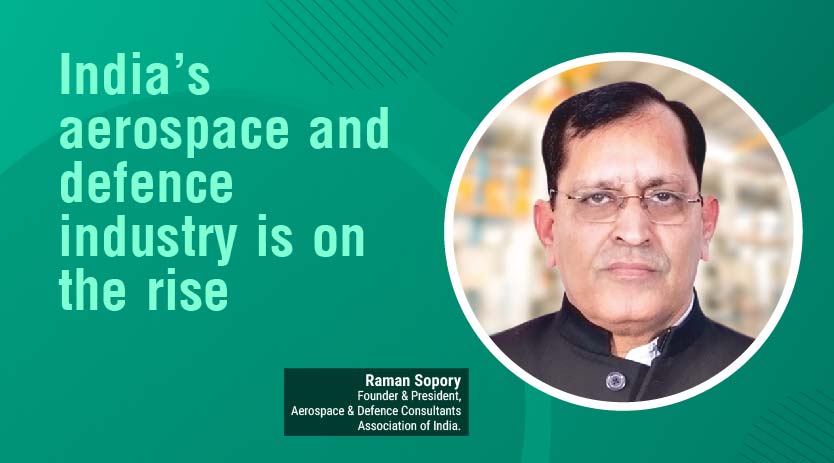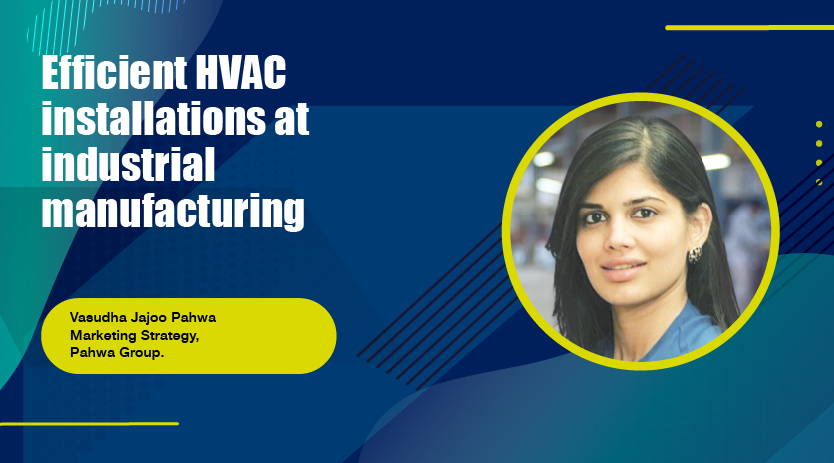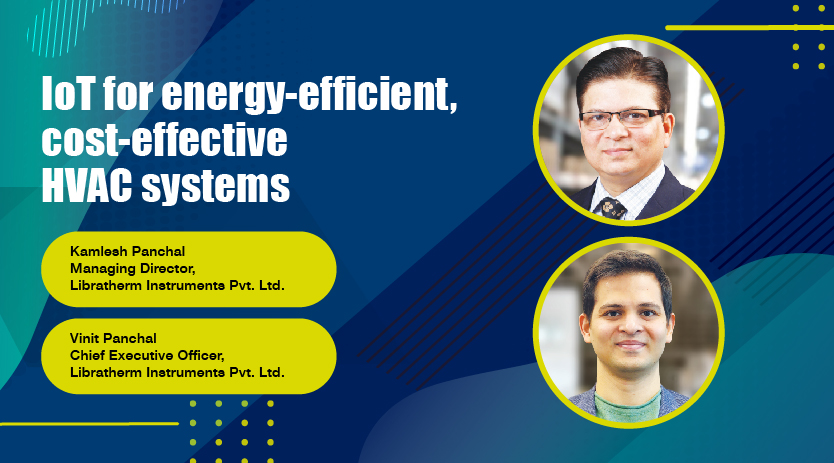STV solutions are more reliable than conventional conveyor systems for their precision and flexbility
January 2, 2023 2:53 pm
STV (Sorting Transfer Vehicle), the rail-mounted vehicle, is a Daifuku product which performs material handling operations along a fixed path, be it a straight path or loop.
Autonomous Mobile Robots (AMR) are one of the latest entrants in the field of material handling automation.
Automation and robotisation in the manufacturing market
The overall automation market in India has been steadily growing over the past decade. India is not lagging anymore against the advanced economies in the world as far as adopting automation (including robotisation) in manufacturing & supply chain operations are concerned. The pandemic has been quite a challenge to deal with for the industry. Nevertheless, we have also witnessed unprecedented growth in online shopping, which has pushed the e-commerce sector to expand its operations. To manage the rising volumes, e-commerce companies have implemented automation and digitisation. The same has been the case with other sectors, such as Food & Beverage & FMCG. Companies have embraced and adopted newer technologies, thereby giving a push to automation in almost every operation – be it in manufacturing processes, packaging, material handling and warehousing. There has been a greater understanding and implementation of Industry 4.0. The overall automation market in India is predicted to grow at a rate between 15 – 18 percent from 2021 to 2026. And the warehouse automation market is expected to grow at a formidable rate of 25 percent between 2021 and 2026.
Demand for IoT, AI and robotics integration for manufacturing in Indian industries The rising demand in the Indian industry for digitisation is providing the much-needed push for Artificial Intelligence (AI) and IoT (Internet of Things). Manufacturing across the various market sectors is becoming flexible and lean, and therefore the increasing demand for robotisation. A considerable amount of data transfer and analysis is happening today, which is required for end-to-end monitoring of operations, predictive maintenance of machines, and so on. Companies are investing in newer technologies to boost efficiencies and gain a competitive edge.
Measures and practices to manage increasing robotisation for manufacturing and workers’ safety
Safety in manufacturing is paramount. With increased automation and robotisation, it becomes even more important to prioritise safety for operators and manufactured goods. A thorough understanding of the application and selecting the right technology and type of robot play a crucial role in delivering higher safety in the long run. Choosing the right vendor and partnering with the right technology provider are also important. The focus must be on the Total Cost of Ownership of the solution rather than just the cost of the solution.
Industry 4.0 penetration in SMEs and automation challenges
Industry 4.0 is steadily gaining acceptance in SMEs. As SMEs aspire to grow their businesses, gain competitive advantage and expand their customer base, they are gradually implementing modern technologies such as IoT. One of the challenges for SMEs to implement automation at present is the Initial high investment to implement automation. SMEs have moderate CAPEX budgets, and many times that becomes a challenge. With increasing business scales and the availability of various financing options from banks and NBFCs, the challenge of CAPEX budgets can be somewhat negated.
5G impact on manufacturing processes
The 5G technology will undoubtedly revolutionise the industry, including manufacturing. It will improve data management and transfer within manufacturing networks owing to higher internet speeds and larger bandwidth. The manufacturing industry is constantly trying to optimise its operations and explore new business models which require the collection, transfer and analysis of vast amounts of data. The 5G network will help optimise processes, reduce production lead times and improve asset utilisation.
Opportunities available for robotic technology to handle automation
Robotic technology offers manufacturers the opportunity to save costs, improve efficiencies, enhance capacities and cut down on production downtimes, disruption and losses. Engineering and manufacturing firms are deploying robots to perform various operations such as assembly, packaging, handling and a host of complex tasks such as welding, cutting, grinding etc. The need to lower operational costs and improve production efficiencies has made robotic automation gain prominence and preference in the industry.
Advantages using automation
One of the automation’s most significant advantages is improving productivity and throughput. Automation also eliminates the risks associated with dangerous jobs, such as lifting heavy weights and working in hazardous environments. Automation reduces dependency on manpower. Other advantages of automation are that it improves accuracy, minimises errors and is easily scalable for future operations.
Automated Mobile robots and STV
Autonomous Mobile Robots (AMR) are one of the latest entrants in the field of material handling automation, which operates without human intervention. AMRs are pretty intelligent and equipped with the latest navigation technologies that allow them to perform multiple jobs alongside human beings and move around obstacles.
STV (Sorting Transfer Vehicle) is a Daifuku product which performs material handling operations along a fixed path, be it a straight path or loop. STVs have been quite popular with our customers as they are highly reliable and can perform multiple jobs simultaneously. Daifuku’s STV solution is more capable and reliable than the conventional conveyor system due to its higher capacity, flexibility and accuracy.
Role of vision cameras, barcodes and readers for navigation in helping STV
The STVs are rail-mounted vehicles which are powered with busbars installed on one of the rails. Positional accuracy is achieved with the help of barcodes and readers, depending on the application and no. of operations to be performed. Going forward, there could be a possibility of using vision cameras on STVs to perform associated operations and improve safety.
Cookie Consent
We use cookies to personalize your experience. By continuing to visit this website you agree to our Terms & Conditions, Privacy Policy and Cookie Policy.

















